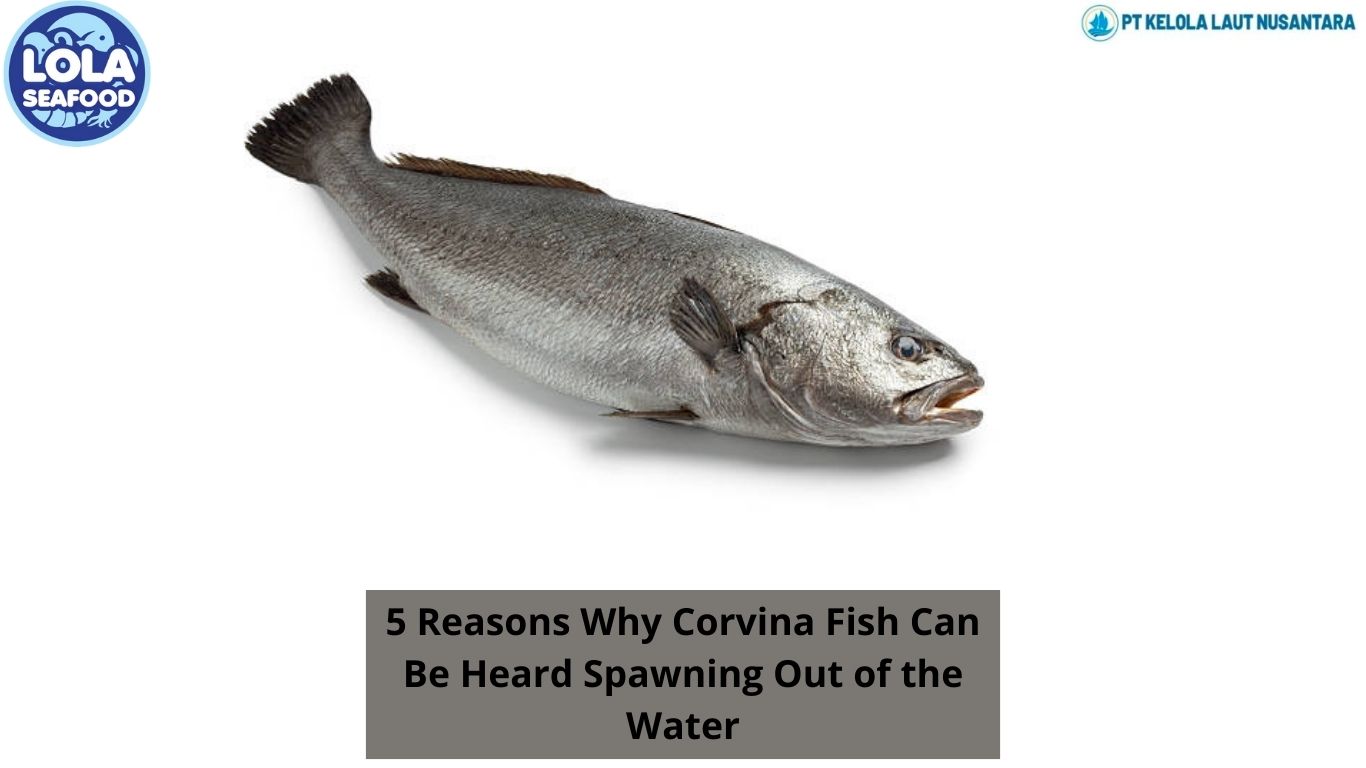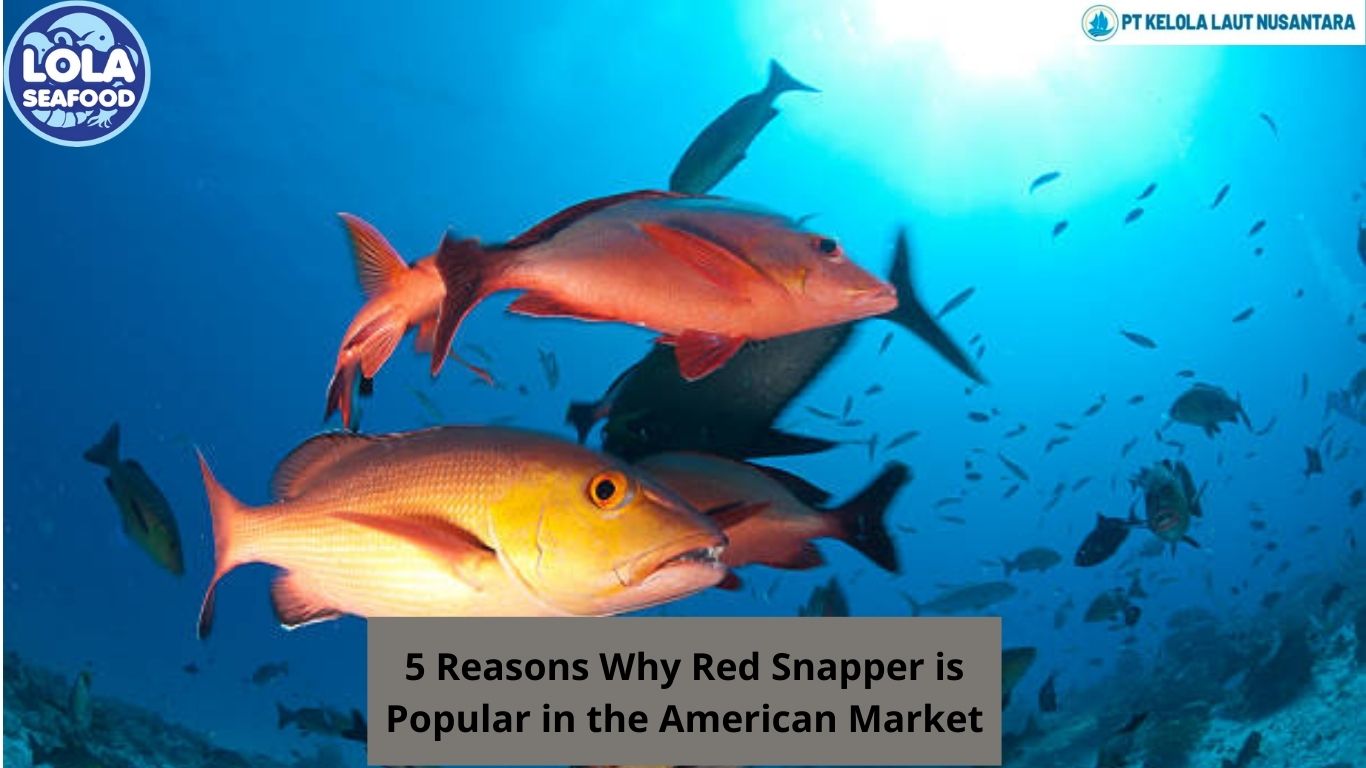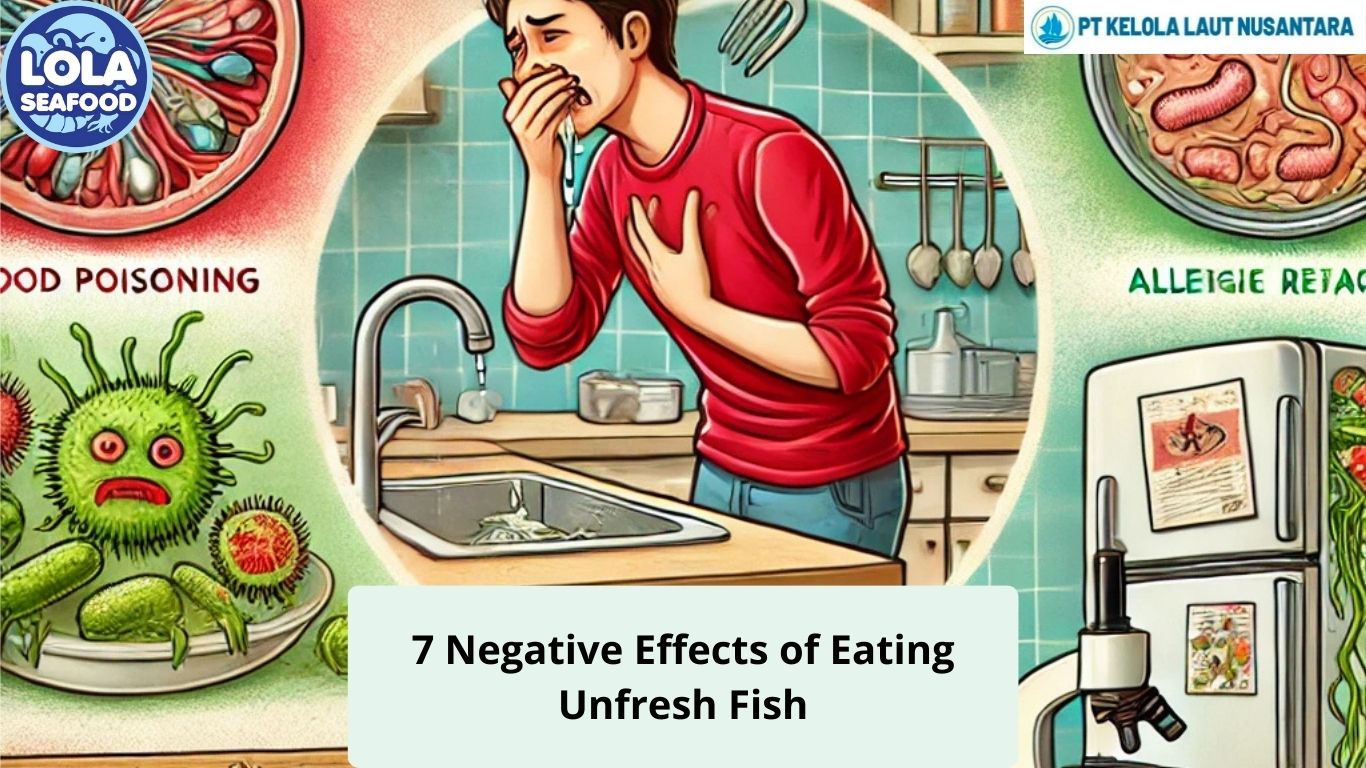Innovations in Seafood Processing and Packaging
By. Najih - 11 Sep 2024.jpg)
The seafood industry is experiencing rapid advancements in processing and packaging technologies, driven by the need for improved quality, efficiency, and environmental sustainability. These innovations are crucial for meeting the growing demand for seafood while addressing challenges related to freshness, safety, and waste. This article explores the latest innovations in seafood processing and packaging that are transforming the industry.
1. Advanced Processing Technologies
Modern seafood processing technologies have revolutionized the way seafood is handled, ensuring higher quality and safety. High-Pressure Processing (HPP) is a notable example, involving the application of extreme pressure to eliminate pathogens and extend shelf life without the use of heat. This method preserves the natural taste, texture, and nutritional value of seafood, making it a preferred choice for premium products. Additionally, automated processing systems have streamlined operations by integrating robotics and artificial intelligence. These systems enhance precision in sorting, filleting, and packaging, reducing labor costs and minimizing human error.
2. Sustainable Packaging Solutions
Sustainability is a key focus in modern seafood packaging. Innovations in packaging materials are aimed at reducing environmental impact and improving product shelf life. Biodegradable and recyclable materials are increasingly used to replace traditional plastic packaging. For example, edible coatings made from natural substances like seaweed are being developed to provide a protective layer around seafood, extending its freshness while being environmentally friendly. Modified Atmosphere Packaging (MAP) is another advancement, which involves altering the gas composition inside the packaging to slow down spoilage and preserve the quality of seafood.
3. Smart Packaging Technologies
Smart packaging technologies are enhancing the monitoring and management of seafood quality throughout the supply chain. Features such as time-temperature indicators and freshness sensors are integrated into packaging to provide real-time data on the condition of the seafood. These innovations help in ensuring that products remain within optimal storage conditions and alert stakeholders to any deviations that could affect quality. Smart packaging not only improves food safety but also provides transparency and enhances consumer trust.
4. Blockchain for Traceability
Blockchain technology is being increasingly adopted to improve traceability in the seafood supply chain. By recording every transaction and movement of seafood on an immutable ledger, blockchain ensures transparency and authenticity. This technology helps in tracking the origin of seafood, verifying its safety, and reducing the risk of fraud. Enhanced traceability through blockchain also supports sustainability efforts by enabling better management of fisheries and reducing illegal fishing practices.








